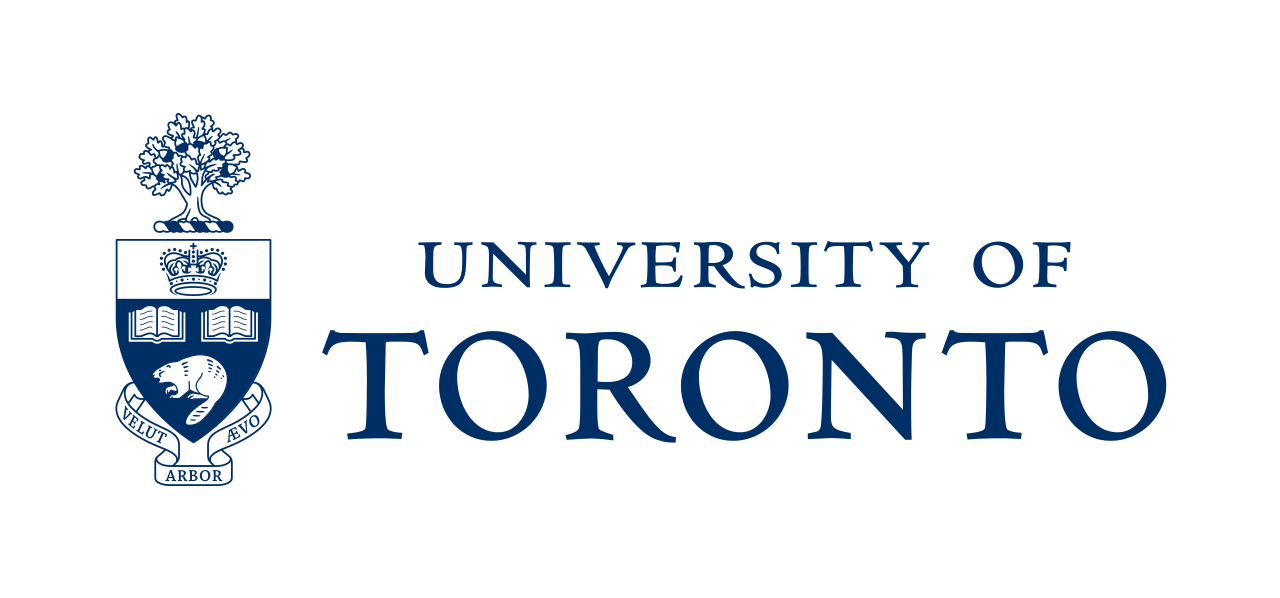Stefan completed his undergraduate degree in Honours Physics at McGill University in the spring of 2017. During his time there he worked for over a year with Andrew Cumming on a model to calculate the opacity of the exotic compositions found in accreting neutron star atmospheres. In addition, as part of an interdisciplinary project in atmospheric sciences, he also worked for one semester with Yi Huang studying the relative behaviour of different water isotopes in regions of deep convection in the Earth’s atmosphere. Stefan is now a PhD student under the supervision of Björn Benneke at the University of Montreal.
Currently, Stefan’s research focuses on using near-infrared high-resolution spectroscopy to characterize exoplanetary atmospheres and probe their formation history. This is done by teasing out the very distinct spectral signatures of different molecules in the exoplanet’s atmosphere, Doppler shifted at exactly the velocity of the planet, from high-resolution spectra of the combined star + planet light. Simultaneously detecting multiple molecules can then allow one to directly measure some of the exoplanet’s elemental abundance ratios, which is information that can be used to infer the planet’s original formation location in the protoplanetary disk. As exoplanets are orders of magnitude fainter than their host star, this relies on specialized instruments mounted on powerful telescopes, which synergizes well with Canada’s access to two of the most powerful infrared spectrographs in the world; NIRPS and SPIRou. Using these instruments to obtain a large sample of robust carbon-to-oxygen ratio measurements would provide strong insight into the long withstanding questions of how and where giant planets are formed.








